
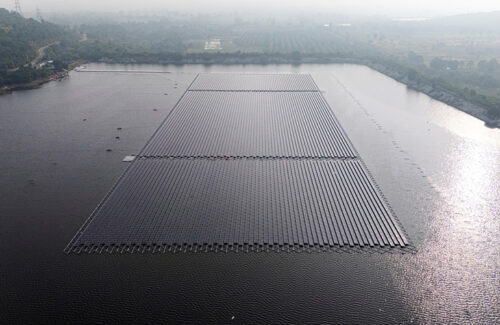
Floating solar mounting company Ciel & Terre has introduced Fusio, a new type of floating mounting system inspired by architectural principles in its triangular design. These floating triangular structures are installed in a honeycomb pattern to enhance stability and optimize weight distribution. Compared to its flagship floating support Hydrelio, Fusio features a more compact design, easier logistics, and shorter delivery times, aiming to achieve larger-scale construction. Additionally, Fusio occupies a smaller project footprint while having taller solar panels, thereby increasing airflow. Ciel & Terre is collaborating with CEA to develop a digital model for predicting the gains of solar panels related to airflow cooling. Considering the need for project maintenance, Ciel & Terre also developed a specially designed catamaran capable of navigating between rows of solar panels. Technicians can inspect modules, electrical equipment, and project cables aboard the vessel. Ciel & Terre launched Hydrelio in 2011, and since its introduction, the mounting system has been installed in 1.4 GW of solar projects worldwide.
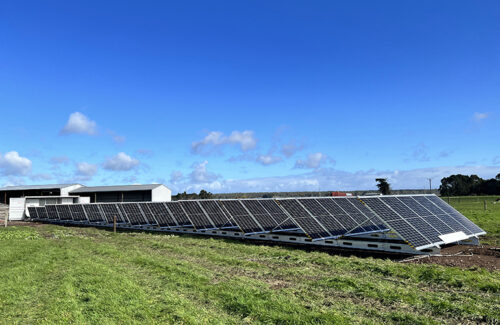
Paired Power, a manufacturer of solar microgrid systems and software, has partnered with PHNXX, an Australian modular microgrid system designer and manufacturer, to create a portable microgrid solution called PairPHXXX that does not require assembly. PairPHXXX can be installed and set up within one day, providing power to power systems with limited or no grid connections, including pastures and agriculture, construction, mining, and military applications. Other uses include emergency management and response, as well as providing power to remote communities that are off grid or lack energy infrastructure. The Alliance for Tribal Clean Energy is a 501c3 non-profit organization led by Indigenous peoples, dedicated to supporting the transition of Native American tribes from extractive energy systems to renewable energy systems. The alliance has included PairPHXXX in its preferred supplier program. According to the terms of the agreement, Paired Power and PHNXX have become approved partners to provide clean energy solutions for Native Americans and Indigenous tribes in the United States. Tom McCalmont, CEO of Paired Power, stated, "The global energy transition requires innovative solutions to expand the use of renewable energy beyond the capacity of the grid. Paired Power is the first to provide solar and energy storage systems for electric vehicle charging, and we are currently expanding other microgrid applications through PHNXX. PairPHXXX allows for the production and deployment of clean energy wherever and whenever needed, helping us reach the final frontier of decarbonization in industries and regions constrained by grid limitations and infrastructure costs. Our goal is to truly benefit everyone and every place with clean energy. ” The transportation space of PairPHXXX is equivalent to a 20 foot ISO container, transported by a flatbed trailer, and can be placed, unfolded, and powered within a day. PairPHXXX can provide solar power generation capacity of 46.4 kW, 69.6 kW, or 92.8 kW, battery storage capacity of 42.4 to 636 kWh, output power of 30 to 60 kW per container, voltage of 208 V AC or 480 V AC three-phase, or 120/240 V AC single-phase. PHNXX CEO Joel Tay said, "PairPHNXX is bringing clean energy to places where the grid cannot cover it. By combining Paired Power's energy management software with our modular microgrid, we are able to provide renewable energy to any place in need. From tribal communities and farmers to businesses and the military in remote areas, this collaboration will provide resilient clean energy for areas that cannot be covered by the power grid, and this is just the beginning
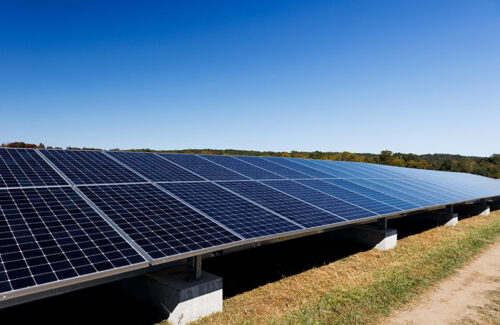
TotalEnergies announced the completion of a 7-megawatt solar project at a closed landfill in Maryland. The solar array installed at the Parkton Landfill will supply approximately 11% of the annual electricity demand for the Baltimore County government. "This project demonstrates how Baltimore County transforms yesterday's challenges into tomorrow's opportunities," said County Executive Kacy Clawson. "We are cutting costs for taxpayers while making investments that will benefit our community for decades." It is projected that by 2028, the Harnwood Landfill Solar Project will be completed, at which point renewable energy will account for 55% of the county's power generation.
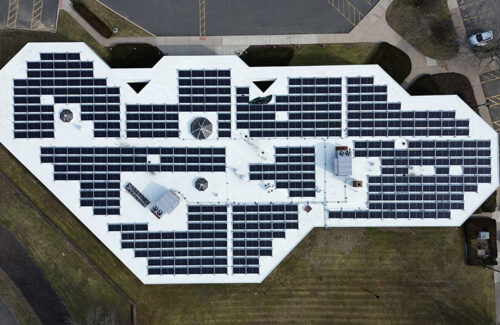
A brand-new 218-kilowatt solar photovoltaic array is now supplying power to Easterseals Capital Region & Eastern Connecticut's facility in Deerfield. The project includes solar and lighting upgrades, funded through the Green Horizon Commercial Real Estate Clean Energy (C-PACE) program. The system was installed by Facility Solutions Group based in Oxford, Connecticut. "We are deeply grateful for the collaboration with Connecticut Green Bank, which has enabled us to upgrade our facilities, install solar power and smart lighting, thereby enhancing operational efficiency and sustainability," said Robin Sharp, President and CEO of Easter Seals Capital Region and Eastern Connecticut. "What's even better is that the savings and revenue generated from these improvements will be directly reinvested into community services, allowing us to further fulfill our mission." The energy upgrade project secured approximately $714,000 in C-PACE financing. Additionally, Easter Seals utilized the direct pay option for the Federal Investment Tax Credit (ITC) under the Internal Revenue Service (IRS), a provision of the Inflation Reduction Act (IRA) that allows tax-exempt entities to access expanded clean energy technology tax credits. This provision makes it easier for non-taxpaying organizations like Easter Seals to access C-PACE and solar energy.
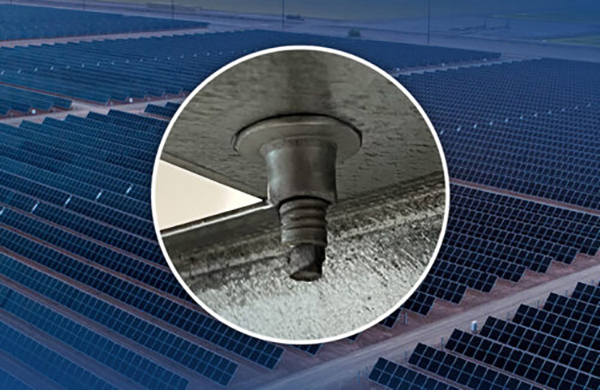
GameChange Solar is a global leader in solar tracker and fixed tilt racking solutions. The company has developed a rivet connection system for module installation specifically for its Genius Tracker system. This solution offers an alternative to traditional bolted module connections for EPCs and project owners. Vaibhav Joshi, Managing Director for Oceania and Southeast Asia at GameChange Solar, stated: "By integrating the rivet installation components into our Genius Tracker system, we provide customers with greater flexibility in the construction and maintenance of solar projects. This innovation enables streamlined installation and long-term reliability, making solar deployment more efficient.". ” Although most photovoltaic projects use bolt connections between the support system and modules, rivets can be fastened to pre-drilled module mounting holes without requiring torque. After testing by Intertek and the GameChange Solar Research & Design Center, this two-piece rivet complies with the applicable provisions of UL 2703. Additionally, the company's installation training center conducted internal tests to evaluate installation and removal tools, providing a reference for on-site deployment.
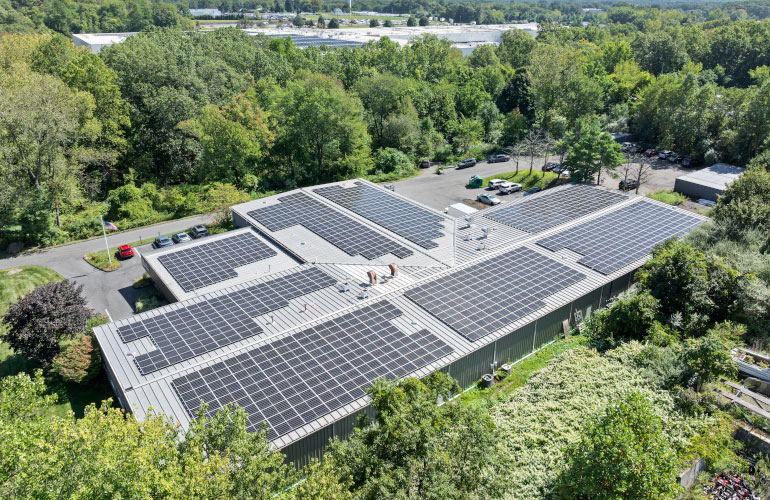
Direct mail marketing company The Best Postcards recently completed the installation of a 344-kilowatt solar system on the roof of its factory in Cheshire, Connecticut. Funded by Connecticut Green Bank through the C-PACE program, the system is expected to save over $2.3 million in energy costs over its projected lifespan. Smart Roofs Solar installed the project for The Best Postcards. Founded in Connecticut in 2019, the company has expanded rapidly, serving businesses across 48 states. As a data-driven marketing and printing partner, The Best Postcards helps businesses enhance brand image, attract new customers, retain loyal clients, and engage target audiences with measurable results. From direct mail campaigns to signage, stickers, door hangers, and more, all production and design are completed in-house at its factory in Cheshire. "The Best Postcards is honored to take a significant step toward sustainability by installing solar panels on buildings," said Andrew Ettinger, co-founder and CEO. "We are grateful to the exceptional team at Smart Roofs Solar and the Connecticut Green Bank for their financial support, which made the entire process smooth from start to finish. Not only have we significantly reduced our environmental impact, but we've also lowered energy costs substantially. This investment benefits both the planet and our business.". ” Solar projects financed through C-PACE (Commercial Property Assessed Clean Energy) aim to achieve a positive savings-to-investment ratio, meaning these projects can generate immediate positive cash flow for property owners. Over 400 projects have been financed via C-PACE, saving building owners more than $400 million in energy costs. Mackey Dykes, Executive Vice President of Green Horizon Financing, stated, "C-PACE has supported multiple solar projects in Cheshire, and we are delighted that this installation will help The Best Postcards reduce energy costs and focus on its core business."
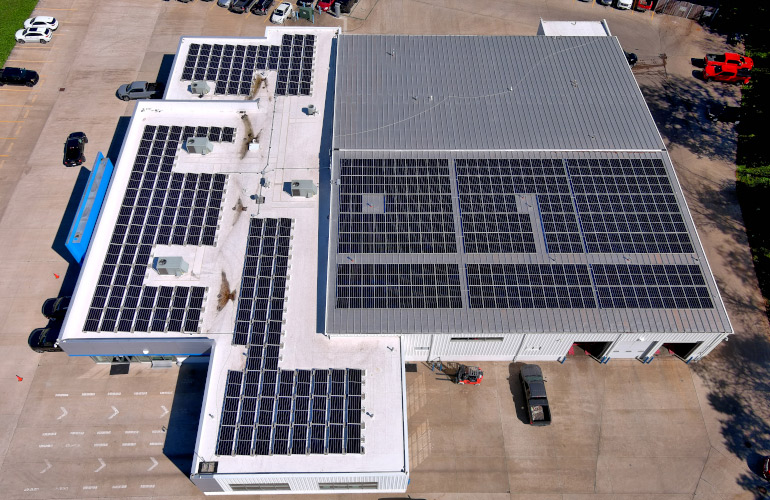
Mark Porter Automotive Group in southern Ohio recently celebrated the completion of its 196.7-kilowatt solar array in Pomeroi. Designed and built by Kokosing Solar, the system will meet over 70% of the dealership's annual electricity demand. The project funding comes from federal tax incentives and grants under the U.S. Department of Agriculture's "Rural Energy for America Program" (REAP). These measures help reduce upfront costs, enabling small businesses in rural Ohio to invest in advanced energy technologies. "Koksin Solar is honored to collaborate with Mark Porter Automotive Group on this project," said Roberta Washburn from Koksin Solar. "This solar array serves as an excellent example of how local businesses can benefit from mature, cost-saving technologies amid rising electricity costs."
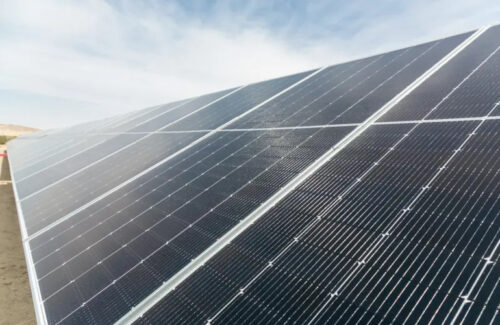
Local leaders, community groups, and landowners celebrated the official launch of the Winfield Solar Project alongside executives from Qcells and Cordelio Power. Located in rural Lincoln County, Missouri, this 150-megawatt AC facility has already achieved commercial operation last month. Under a 15-year power purchase agreement (PPA), the Winfield Project will deliver 100% of its generated electricity to Microsoft, helping this tech industry leader meet its growing energy demands with renewable power while preserving grid capacity for Missouri's households and small businesses. The Winfield project was designed and constructed by Qcells, incorporating solar modules produced at the company's Georgia facility. Amid surging energy demand and increasing pressure on the grid for households, businesses, and farmers, the 150-megawatt clean energy project in Winfield will directly support Microsoft's operations—reducing strain on the local grid and demonstrating the power of solar energy to deliver reliable, affordable power to areas in greatest need.
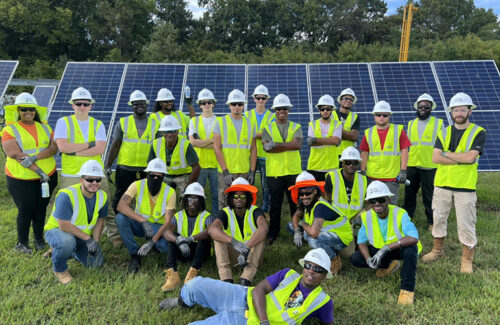
It is reported that Blue Ridge Power, a project, procurement, and construction subsidiary of solar developer Pine Gate Renewables in North Carolina, will lay off over 500 employees by November 18. David Sanders, President of Blue Ridge Power, submitted two Worker Adjustment and Retraining Notification (WARN) notices to the North Carolina Department of Commerce on September 18, announcing the permanent layoffs of 169 employees at its Asheville operations and 348 employees at its Fayetteville operations. Sanders stated in the document, "Over the past few months, the company has been affected by uncontrollable factors, including evolving regulatory and capital market conditions, which have impacted many other companies in the renewable energy sector." The documents show that Blue Ridge Power Company sought additional financing to retain employees but failed. The company is gradually shutting down but has not ceased operations. Employees affected by layoffs have not yet been dismissed. Pine Gate Renewables established Blue Ridge Power in the spring of 2021 as its EPC subsidiary. Blue Ridge Power will be responsible for the development, construction, and operation of utility-scale solar projects. In 2023 alone, Blue Ridge Power installed 1.15 gigawatts of solar capacity, ranking 11th on the Solar Power World 2024 Top Solar Contractors list. By the end of that year, its total installed capacity had reached 4.3 gigawatts. Pine Gate Renewables has issued the following statement to Solar Power World: Blue Ridge Power faced market headwinds similar to those affecting the entire renewable energy industry, forcing Pine Gate Renewables to invest significant resources in supporting the company. After evaluating numerous options to chart a course forward, Pine Gate made a difficult decision to systematically and gradually phase out Blue Ridge Power. The company will continue to assess how best to support each of its ongoing projects, including collaborating with clients to transfer these projects to other EPC suppliers. This decision in no way reflects the hard work and dedication of our valued team members, and we deeply appreciate all their contributions.
Categories
New Products
Tin Roof Rapid Solar Mounting System with Hanger Bolt Read More
Residential Small Solar Easy Bracket Kit for Home Balcony Read More
Automatic Single Pile Solar Tracker with 10 PV Panels Read More
Angle Adjustable Aluminum Easy Solar Panel Bracket for Garden Read More
Intelligent Single Post Dual Row Solar Tracking System Read More
5000ES Solar Off-Grid Energy Storage Inverter Supplier Read More
Multi Drive Double-Sided Single Axis Tracker System Read More
© Copyright: 2025 Xiamen Wintop New Energy Tech Co., Ltd.. All Rights Reserved.

IPv6 network supported
Friendly Links:
Integrated Solar System